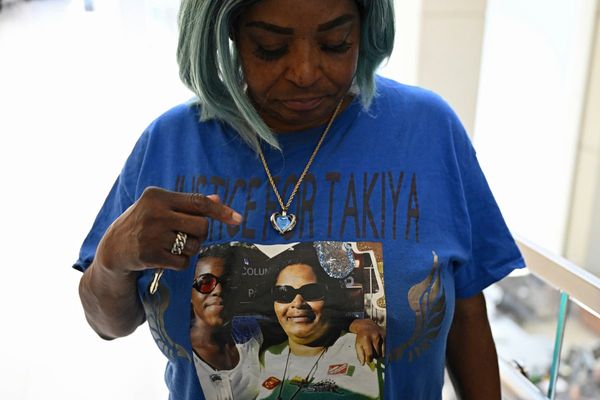
My father, Stuart Crampin, who has died aged 88, defined his life as “before” and “after” a catastrophic climbing accident in the French Alps in 1961 which resulted in the death of a friend, Richard Lee, and, for himself, a severe head injury from which it took many months to recover.
Before the incident on the Aiguille du Dru mountain in the Mont Blanc massif, Stuart had been a carefree young man, night-climbing facades of ancient buildings in Cambridge, where he was studying for a PhD in geophysics. He took his many gifts for granted.
After the tragedy, and following a lengthy spell in a brain injury unit, he refocused, found a new determination and began to concentrate on a career in seismology.
Stuart was born in Tiptree, Essex, to Jack, a car mechanic and later a garage owner, and Kitty (nee Ireson), a former Queen Alexandra nurse. Even as a boy he sought out wilderness, and after attending Maldon grammar school found ways to satisfy his love of hiking while on national service.
At King’s College London, where he studied mathematics and was art editor of Lucifer, the college magazine, he joined the climbing club, scaling peaks around Europe. In 1959 he made the national newspapers after getting a severely injured friend to safety across multiple ridges of the Cuillin hills of Skye, dragging him for six hours in foul weather. The climbing continued while he pursued his PhD at Pembroke College, Cambridge, and it was during this period that the accident on the Aiguille du Dru occurred.
In 1963 Stuart married Roma Williams, whom he had met at the King’s College drama society, and they settled in the city of Uppsala in Sweden. He completed his PhD and in 1965 he became a Gassiot fellow in seismology in Edinburgh.
From there he joined the Institute of Geological Sciences (now the British Geological Survey) in 1969, working as its deputy chief scientific officer for the next quarter of a century. His specialism became the field of anisotropy, which looks at how objects react to stresses along various axes – work that has widespread applications in earthquake seismology and in exploration and production geophysics, including reservoir and mining safety. In 1995 he moved to be a professor at Edinburgh University, where he remained until retirement in 2016.
A loving, if eccentric and often absent father, in his early days of travelling to earthquake zones in Persia (Iran), Turkey and the Soviet Union he would bring us home a doll in national costume or other treasures – once, in desperation, from Siberia, some salted cod.
Whatever he chose to do, he worked phenomenally hard at it – whether in his research, in his vegetable garden or in renovating our various homes. He rose early as a point of principle and had often completed a three-hour hike by the time we were awake.
Many colleagues and former students from all over the world spoke of his friendship, civility and kindness, as well as his huge influence on their scientific careers.
He is survived by Roma, their two children, Liss-Carin and me, and four granddaughters.







